How to choose winter tires: a buyer’s guide
If you’re considering winter tires, also known as snow tires, there are several things you should take into consideration. Here’s everything you need to know about winter tires and how to find a set that’s right for you.
If you’re considering winter tires there, are several things you should take into consideration. Lets take a look.
Winter tires are exactly what their name suggests; tires made specifically to maintain a safe and dependable grip on the road surface when temperatures reach freezing (and below) or when snow, sleet or ice are present.
Shop winter tires
When the temperature drops below freezing, the tread rubber of non-winter tires becomes stiffer and, less pliable and consequently has trouble gripping the road surface to provide sufficient traction and stopping power. Winter tires are constructed using a different rubber compound that’s designed to remain flexible in frigid temperatures and adverse conditions, which means better traction in the cold.
Shop winter tires
Deciding whether or not to install winter tires depends mostly on where you live, the climate of that area, and the type of weather you encounter. A good rule of thumb is that if you live somewhere that consistently sees temperatures in the low 40s or below for extended periods, winter tires are a good investment to mitigate the risk of driving in wintery weather (cold temperatures, sleet, snow, ice, slush). Also, if you frequently head to the mountains for winter sports, these tires can make those trips much safer and more enjoyable.
Shop winter tires
The short answer: yes. AWD and 4WD traction systems require a certain level of traction to actually work. If your tires aren’t providing that level of traction, those systems quickly become somewhat useless - instead of two wheels spinning or sliding as they try unsuccessfully to grip the surface, you’ll have four.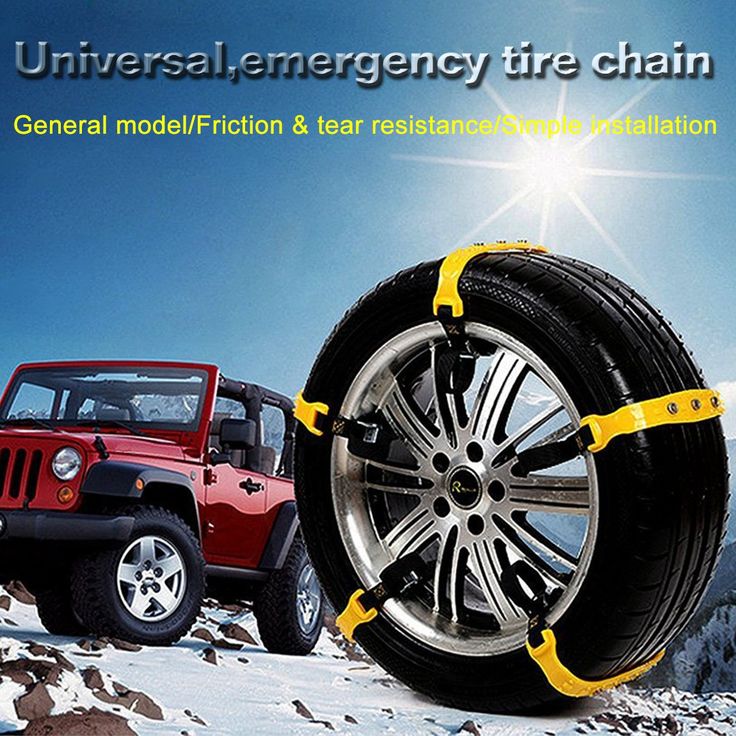 Winter tires provide crucial performance advantages, no matter the vehicle type or drivetrain configuration. AWD and 4WD benefits on snow-covered roads are mostly just felt during the vehicle’s initial acceleration. Winter drivers know that braking performance, cornering grip and straight line traction are what really contribute to safer travel in treacherous conditions. To accomplish that, AWD and 4WD are of little to no help. It’s the season-specific tires that deliver driver confidence and heightened vehicle performance in harsh, wintery conditions.
Winter tires provide crucial performance advantages, no matter the vehicle type or drivetrain configuration. AWD and 4WD benefits on snow-covered roads are mostly just felt during the vehicle’s initial acceleration. Winter drivers know that braking performance, cornering grip and straight line traction are what really contribute to safer travel in treacherous conditions. To accomplish that, AWD and 4WD are of little to no help. It’s the season-specific tires that deliver driver confidence and heightened vehicle performance in harsh, wintery conditions.
Shop winter tires
What exactly are the differences and why it's important to know.
What exactly are the differences and why it's important to know.
Winter tires come in a wide range of choices and options. -Studless winter tires that fit passenger cars range from $100--$150 each, while winter tires for light trucks and SUVs range from $200–$400 each. Winter tires for high- performance vehicles range from $100 to $600 each. In many cases, it is worth considering a set of winter wheels in addition to winter tires to protect the integrity of the winter tire from excessive wear from mounting and dismounting, even if you are not increasing or decreasing the tire diameter size.
Winter tires for high- performance vehicles range from $100 to $600 each. In many cases, it is worth considering a set of winter wheels in addition to winter tires to protect the integrity of the winter tire from excessive wear from mounting and dismounting, even if you are not increasing or decreasing the tire diameter size.
Shop winter tires
The answer to this question can vary depending on the make and model of your specific tire. Generally, manufacturers say that you can get as many as four seasons of wear from a set of winter tires. The speed and severity of your tread wear will depend on many factors: your monthly mileage, the amount of snow and ice you drive on, and if you drive on a mix of snow and dry, frozen roads. Treads tend to last longer when driven primarily on snow versus being driven more on cold, hard road surfaces.
Shop winter tires
For years, there have been those who’ve claimed that installing winter tires on their vehicles' drive axle is all that’s needed, leaving all-season tires installed on the other axle. This might not be the best course of action. For front-wheel drive vehicles, this would mean having rear tires that do not grip as well as the front. This could make the car more likely to fishtail or spin out during braking or cornering. Likewise, if the driver of a rear-wheel drive car were to leaves all-season tires on the front, the wheels in charge of steering would have less grip. This is the perfect recipe for a loss of steering control and a lack of overall handling that could make any trip in wintery conditions more treacherous. For the ultimate in safety and performance, we recommend swapping out all four tires once you’ve decided that winter tires are necessary.
This might not be the best course of action. For front-wheel drive vehicles, this would mean having rear tires that do not grip as well as the front. This could make the car more likely to fishtail or spin out during braking or cornering. Likewise, if the driver of a rear-wheel drive car were to leaves all-season tires on the front, the wheels in charge of steering would have less grip. This is the perfect recipe for a loss of steering control and a lack of overall handling that could make any trip in wintery conditions more treacherous. For the ultimate in safety and performance, we recommend swapping out all four tires once you’ve decided that winter tires are necessary.
Shop winter tires
Unlike all-season tires, winter tires play a more important role in helping maintain traction and safety in extreme weather conditions. Because of this, you should pay closer attention to their tread depths when deciding if you need new ones.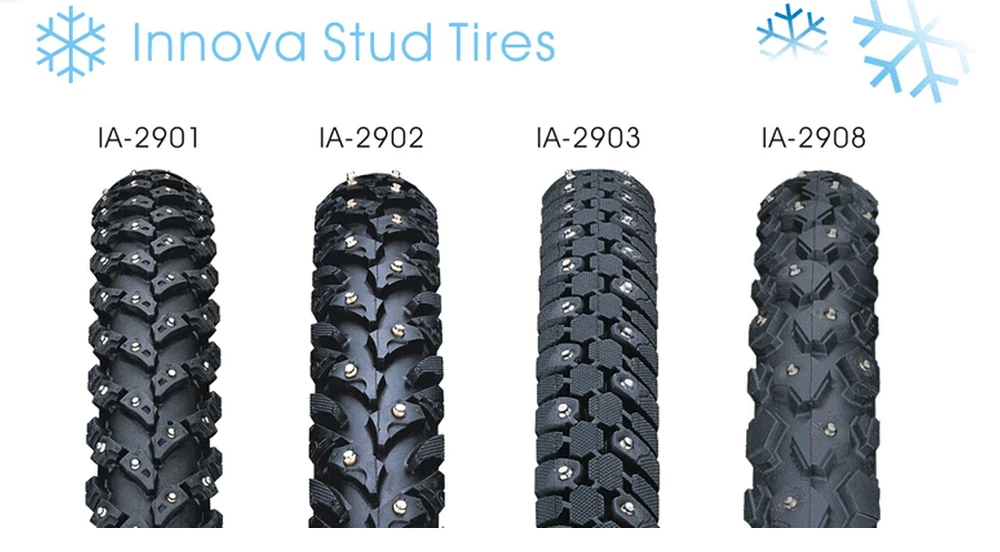 Technically, tires aren’t legally worn out until they reach 2/32” of remaining tread. However, snow traction and the effective evacuation of water and slush can begin to decline before reaching that measurement milestone. It makes sense to check your tread at the beginning of the winter season. If you see that the tread depth of your tires has reached around 6/32”, it’s probably time to replace them. Traversing treacherous ice, snow, and slush is no time to discover that your tread is too worn to provide the traction you need.
Technically, tires aren’t legally worn out until they reach 2/32” of remaining tread. However, snow traction and the effective evacuation of water and slush can begin to decline before reaching that measurement milestone. It makes sense to check your tread at the beginning of the winter season. If you see that the tread depth of your tires has reached around 6/32”, it’s probably time to replace them. Traversing treacherous ice, snow, and slush is no time to discover that your tread is too worn to provide the traction you need.
Shop winter tires
When it’s time to switch to seasonal tires, what’s your plan? If storage space in your shed or garage is limited, not to worry. We’ve got plenty of room. Belle Tire Valet Service can solve all of your removal and storage-related issues. Your tires will be ready and waiting whenever you need them.
Learn more about tire storage
Here are some helpful tips to get your vehicle ready for those cold, winter months.
Here are some helpful tips to get your vehicle ready for those cold, winter months.
How can I make my money go farther?
A first glance, it might seem like the best value tire is the one that costs less. But instead of looking at up-front costs, it might be worth looking at the cost over time. When we break down the cost-per-mile, a higher quality tire might end up being the better value. Not to mention improved ride quality, superior handling and enhanced safety. Depending on your driving habits, spending a bit more now could save you money down the road.
Shop tires now
When should I replace my tires?
Knowing when to replace your tires boils down to two simple words: safety first. Keeping track of your tread depth and the age of the tire are two important factors in determining if they’re still safe and road-ready.
Learn more about tire replacement
Understanding the differences between tire types
All season, winter, all-terrian? Knowing and understanding the differences between tire types can help you choose the right set of tires.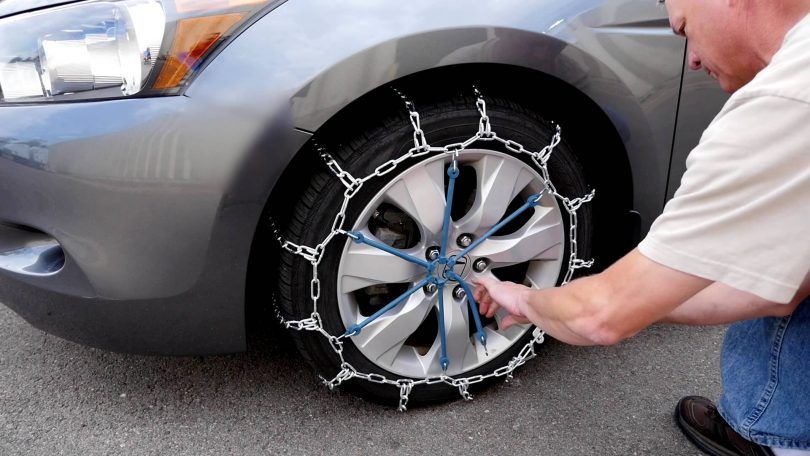
Learns more about tire types
We know buying tires and servicing your vehicle can be overwhelming and darn right confusing. That's why we've assembled all the information to help simplify tire selection, vehicle maintenance and repair.
Tire Buying Guide
Choosing the right tire can be challenging. There’s a lot to consider before you buy, so let's make sure you are getting the right tire for your vehicle and your budget.
Learn more
Winter Maintenance Tips
To truly enjoy this holiday season, keep your motorized sleigh running smoothly. Being stranded on an icy roadside is no one’s idea of a winter wonderland. Let’s take a look at some simple steps you can take right now.
Learn more
Winter/Snow Tires
If you’re considering winter tires, also known as snow tires, there are several things you should take into consideration. Here’s everything you need to know about winter tires and how to find a set that’s right for you.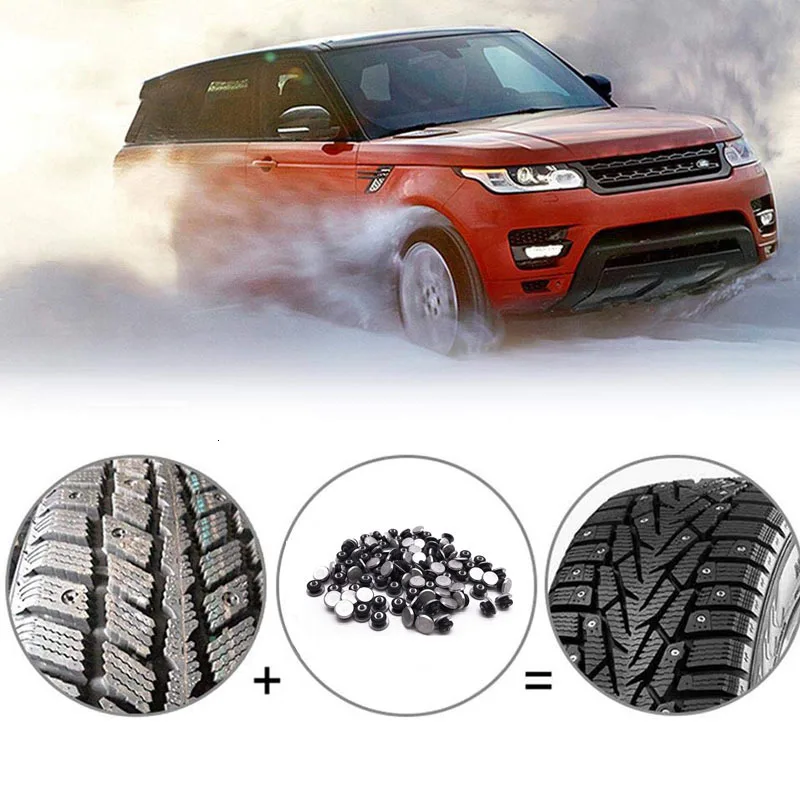
Learn more
Get more out of your gas tank
With gas prices being high, a little bit of vehicle maintenance can go a long way in improving your gas mileage.
Learn more
Protecting Your Tire Investment
You want to get every possible mile out of your tires. We want to help you do it.
Learn more
Replacing Tires
Knowing when to replace your tires boils down to two simple words: safety first. Keeping track of your tread depth and the age of the tire are two important factors in determining if they’re still safe and road-ready.
Learn more
Tire Types
Understanding all the different tire types can be overwhelming. Lets take a closer look to find the right tire for you.
Learn more
Tire Sizes
Before purchasing any tire, you need to be sure you’re getting the right size and type for your specific vehicle. Knowing how to find this important info and what it means will help you make the right call.
Learn more
Tread Patterns & Components
Learning more about the various features of a tire’s construction can help you determine the perfect fit for your specific vehicle, driving style and surroundings.
Learn more
Inspecting Your Tires
A good rule of thumb is to inspect your tires once a month. When you bring out the gauge to check your tire pressures, it’s a good time to give the actual tires a checkup too.
Learn more
Alignment
Aligning your tires regularly helps reduce premature tread wear and improves gas mileage.
Learn more
Tire Pressure
Having your tires properly inflated is the fastest, simplest and cheapest way to make sure your vehicle is getting better gas mileage.
Learn more
Brakes
We offer free safety brake checks for everyone. Because keeping up with proper brake maintenance will save you money and keep you safer on the road.
Learn more
Suspension
Everyone wants a vehicle that drives smoothly and safely.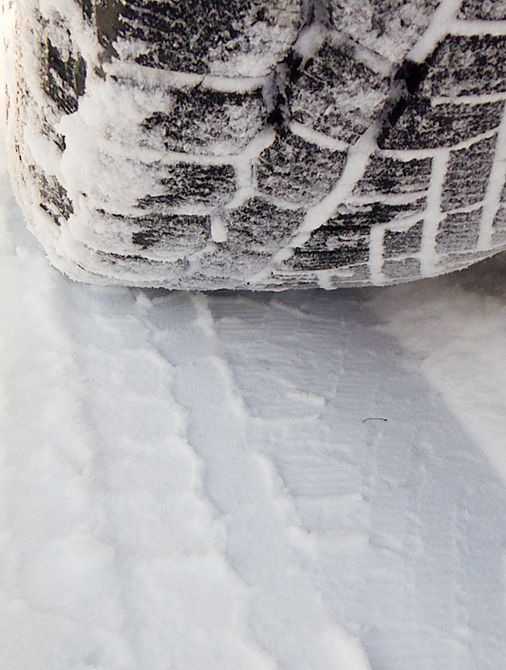 Let’s explore the basics of your suspension system.
Let’s explore the basics of your suspension system.
Learn more
Tire Maintenance
Regular tire maintenance is essential for getting the most out of your tire investment.
Learn more
Battery services
Our friendly battery experts not only offer replacements and installments, but also free inspections.
Learn more
Tire Pressure Monitor Sysytem TPMS
If you see the TPMS icon illuminated, check the pressure in all four tires as soon as possible.
Learn more
Wheel Care
Tires aren’t the only thing that keeps your vehicle rolling smoothly. Proper care for your wheels helps them last longer while making every trip safer.
Learn more
Roadtrip tips
The open road is calling. Before you answer, check out these helpful hints to make the journey more enjoyable.
Learn more
Spring maintenance
Extreme weather can take a severe toll on your vehicle.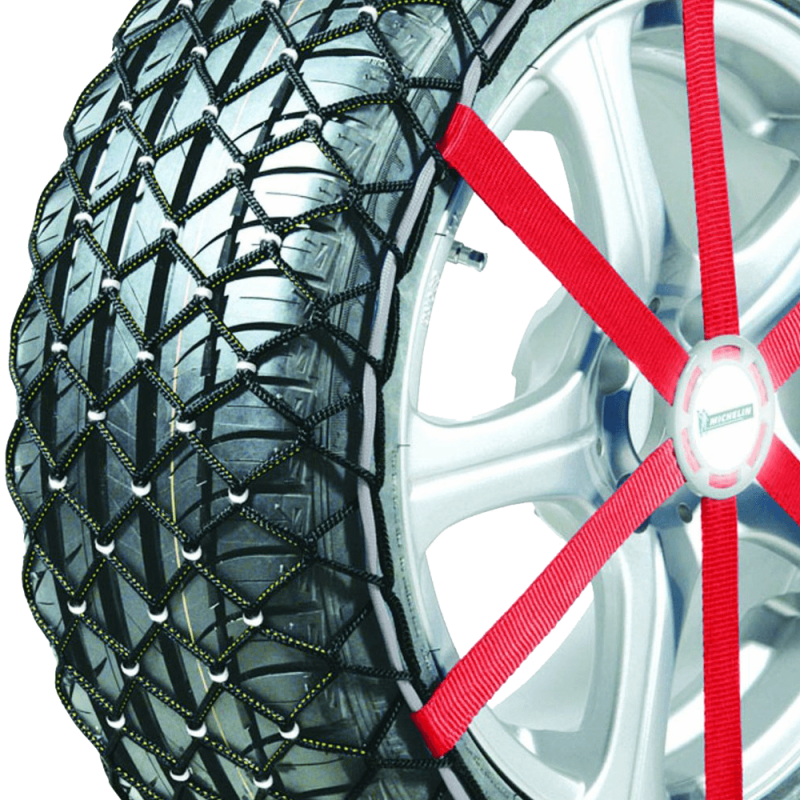 After this past winter, it’s wise to check out these essential services to make sure your car is safe and ready for spring.
After this past winter, it’s wise to check out these essential services to make sure your car is safe and ready for spring.
Learn more
A plan to protect your alignment
Potholes, curbs and other road hazards are just waiting to mess with your wheels. After your next alignment at Belle Tire, an additional $35 gets you unlimited wheel alignments for the next 12 months. This helps protect your investment by getting every possible mile out of your tires (and saving you up to $144 during the year).
Learn more
Industry-Leading Tire Protection Plan
Belle Tire is ready to repair or replace your tire if it fails due to faulty workmanship or materials, or a non-repairable road hazard. This plan is good until the tire has 3/32 inch tread depth remaining, or 3 years from the date you bought it, whichever comes first. Just pay for it when you purchase the tire.
Learn more
Tire Installation Package
Our experts don’t just install your tires, we send you on your way with access to more free lifetime services than any of the so-called competition. Free lifetime alignment checks, tire rotations, spin balancing, flat repairs and more will help you get the maximum mileage out of your tires.
Free lifetime alignment checks, tire rotations, spin balancing, flat repairs and more will help you get the maximum mileage out of your tires.
Learn more
We’ll help you find the perfect tires in a few steps.
We’ll help you find the perfect tires in a few steps.
Updated:
Photo: iStockWhether your region requires you to install snow-rated tires during the cold months or you simply want to sport them for added safety, you should know how much a winter tire costs. Many car owners just don’t install winter tires because they believe they’re unaffordable.
Many car owners just don’t install winter tires because they believe they’re unaffordable.
While winter tires are typically known to be more expensive, affordable options from growing tire brands like Sailun Tire don’t compromise on the quality and performance drivers expect on the icy roads.
But even the pricer ones are more affordable than your rising insurance premium, likely medical bills, and automotive repairs (not covered in the insurance policy) that you must endure due to an accident in harsh winter conditions.
Here, we will explain the cost of different winter tires and the additional expenses associated with them. If you’re in the market for new winter tires — from value-based to premium — check out our full buying guide here.
Many factors affect the price of winter tires, including brand, type, quality, and size. Since every brand has its own criteria to evaluate the price for its rubber, we would avoid commenting on it.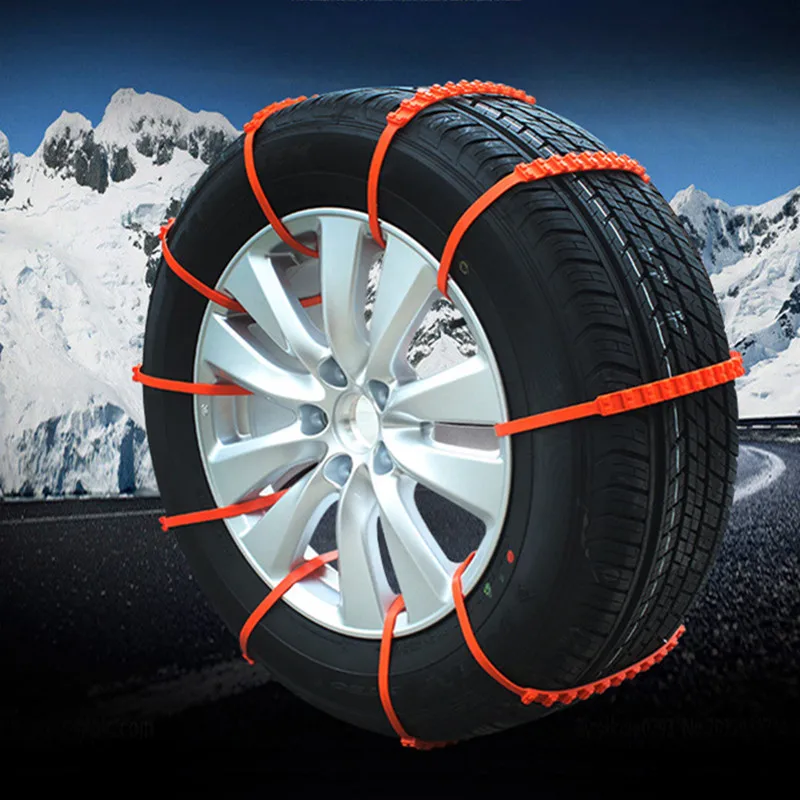 However, we will specifically discuss type, quality and size to give you a fair idea of winter or snow tires.
However, we will specifically discuss type, quality and size to give you a fair idea of winter or snow tires.
For a compact car with a famous 205/55R16 size, below are approximate prices.
The three main types of winters you find in the market include studless, studded, and winter performance.
Studdless Tires
For most people, studdless winter tires are a perfect companion in cold conditions. These incorporate biting edges and soft rubber compounds, making them flexible for winter. A standard studdless tire will cost you anywhere between $60 and $550, each.
On average, for a typical compact car, expect to pay around $100-$150 per tire or $400-$600 for all four. For an SUV or light-duty pickup, the price goes up to $200-$400 each or $800-$1,200 for a set of four.
Studded Tires
For extreme weather conditions like freezing rain, sleet and wet ice, studded tires are ideal for a safe driving experience.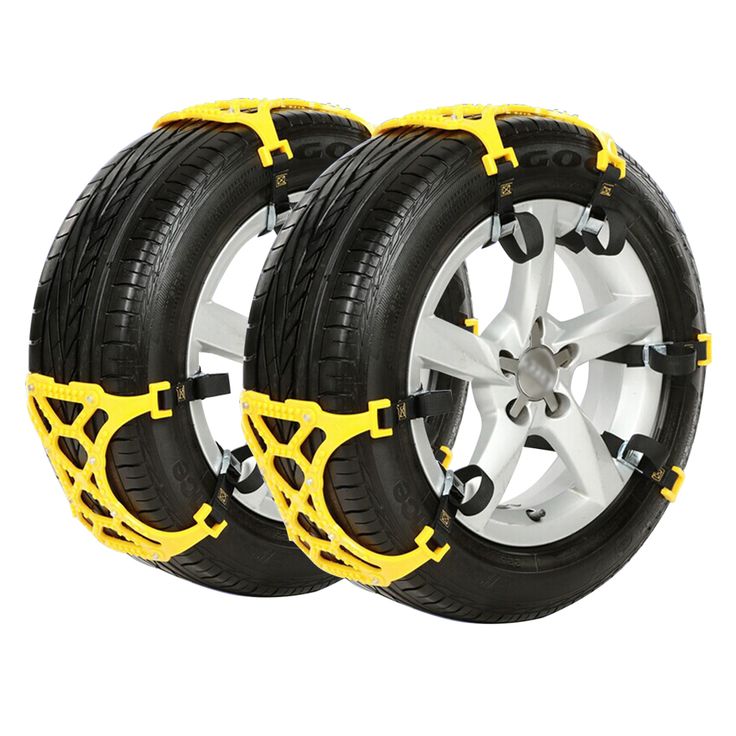 The metal studs fixed on these tires bite into ice, giving you improved grip and handling. A studded rubber would cost you around $75-$550 or more per tire. For two pairs, you can expect to pay between $300 and $2,200.
The metal studs fixed on these tires bite into ice, giving you improved grip and handling. A studded rubber would cost you around $75-$550 or more per tire. For two pairs, you can expect to pay between $300 and $2,200.
There are also studdable options, like the Sailun Iceblazer WST1 studdable performance winter tire trusted by over 1-million drivers in Canada alone, which won’t break the bank yet designed for drivers that demand maximum traction in severe weather conditions.
Sailun IceBlazer WST1 studdable winter tireSailun IceBlazer WST1 studdable winter tireWinter Performance Tires
For guys who do not want to leave their sports cars or performance sedans in their garage in winters, they should put on winter performance tires. They are designed to offer excellent traction at high speeds on wet and dry roads. However, they are not your perfect companion for ice or snow-packed roads. A regular high performer is available at around $100-$500 each or $400-$2,000 for all four.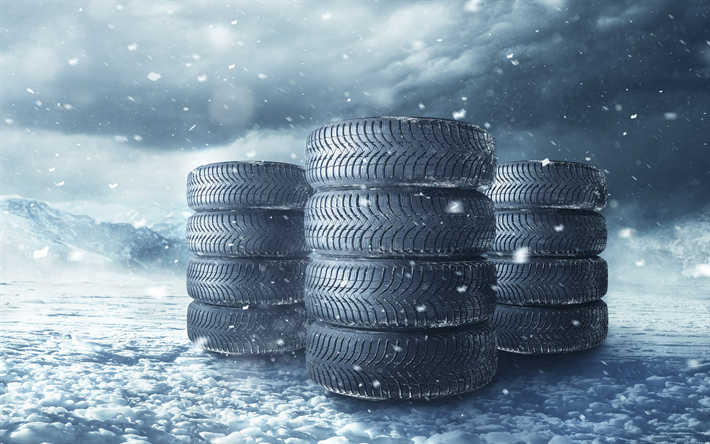
For all the prices we mentioned above, the smaller the size, the lower the cost. However, the price variation also depends on the tire brand, with American tires selling higher than Chinese-made tires.
The prices we shared above are purely for snow tires; they do not include installation charges. For installation, you have two choices. You can either mount the winter rubber on the existing wheels or buy a new set of wheels for all tires.
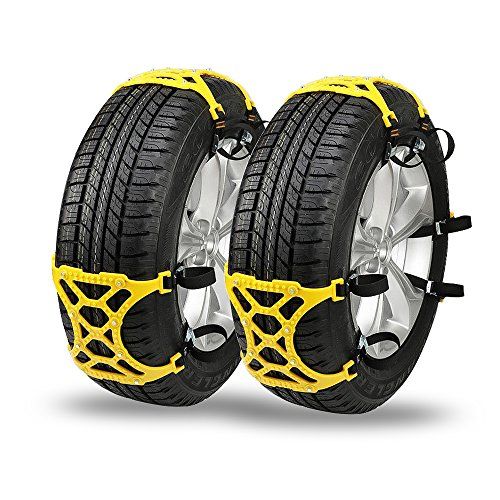
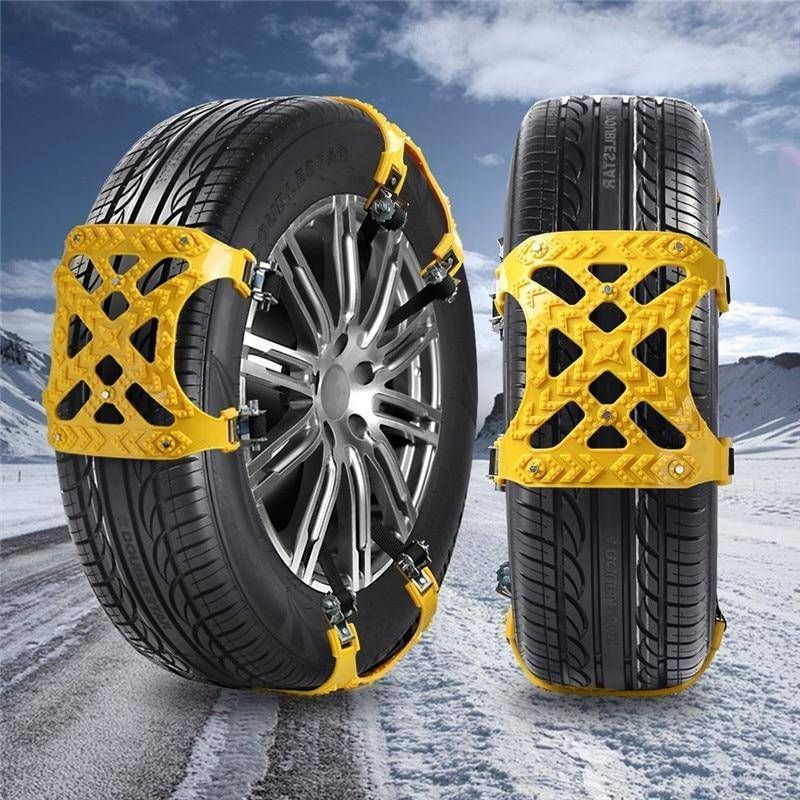 The latter comprises everything from the valve stem, tire installation, and wheel balancing. However, some workshops ask for an extra $2-$25 per tire for these services.
The latter comprises everything from the valve stem, tire installation, and wheel balancing. However, some workshops ask for an extra $2-$25 per tire for these services. 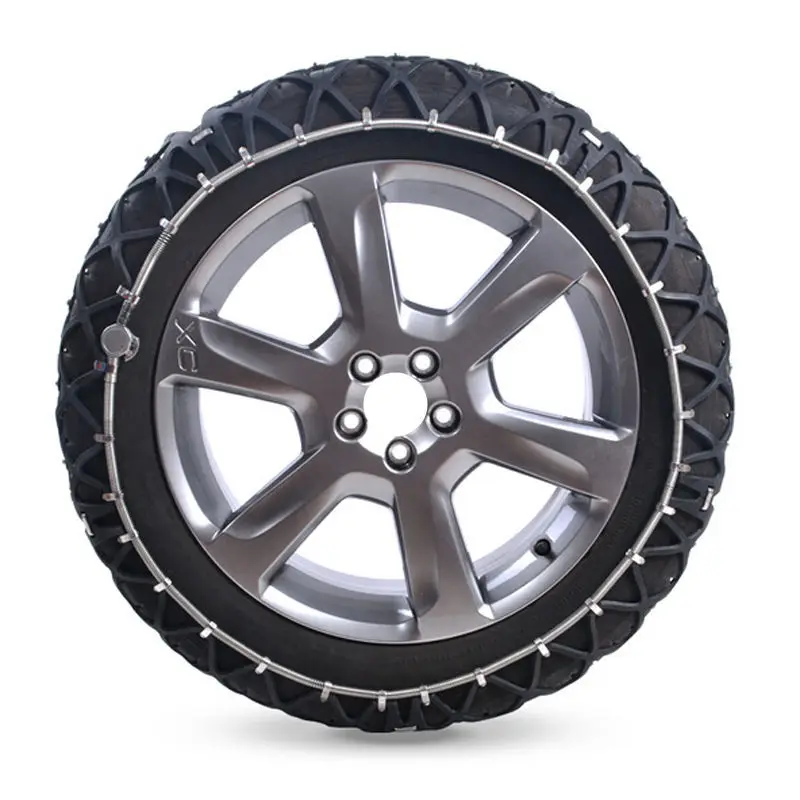 For a two-wheel-drive car, if you think two new tires would be enough, you can’t be more wrong. With only two wheels gripping properly, the vehicle can simply pinwheel out of control.
For a two-wheel-drive car, if you think two new tires would be enough, you can’t be more wrong. With only two wheels gripping properly, the vehicle can simply pinwheel out of control.Consumer Reports says that winters tires increase the snow traction by 34%, thus making it easy for you to stop and maneuver the vehicle. These tires actually cut the braking distance by around six feet. That six feet distance is often the gap between you rear-ending a car or drifting into a crossing against carefully coming to a halt without causing a mishap.
Buying the snow tires also enables you to enjoy insurance savings as well as better fuel mileage (if you maintain them well).
Of note, 76% of all Canadians change their all-season tires with snow tires to enjoy better traction and control. Most car owners say that these tires have saved them a possibly dangerous condition.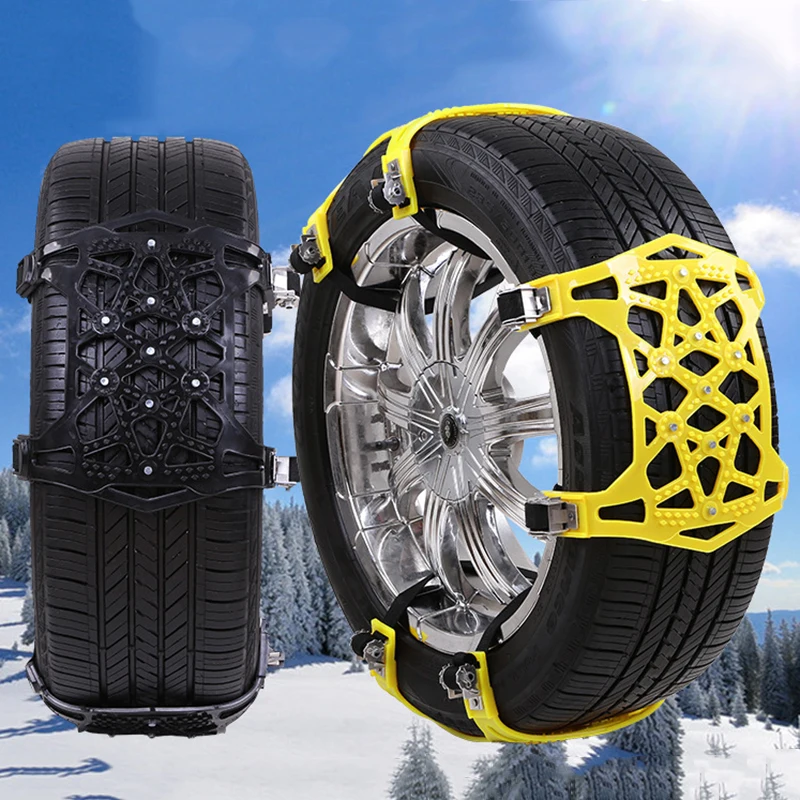
Everyone knows that the degree of driving safety under any conditions largely depends on tires.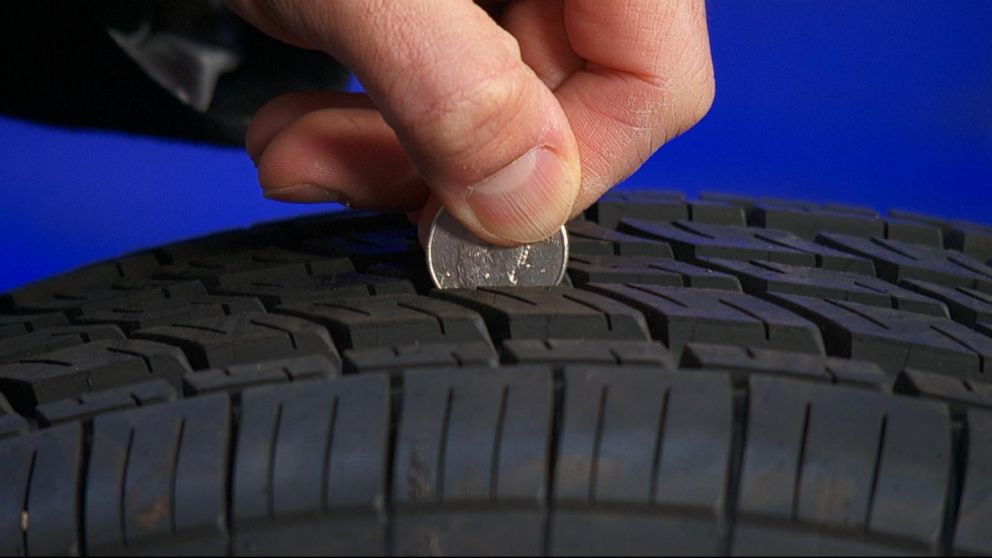 Tires are what keep your car in contact with the road. It is on them that the handling and stability of your car depends on acceleration, maneuvering, braking, turning. In winter, driving becomes more dangerous, as the risk of skidding, slipping, etc. increases. Minimizing the risk when driving on winter roads is the main concern of vehicle owners.
Tires are what keep your car in contact with the road. It is on them that the handling and stability of your car depends on acceleration, maneuvering, braking, turning. In winter, driving becomes more dangerous, as the risk of skidding, slipping, etc. increases. Minimizing the risk when driving on winter roads is the main concern of vehicle owners.
Therefore, it is very important to choose the right winter tires for your car. If you drive on summer tires during the cold season, you will see a lot of disadvantages of wheels that are not used “for the weather”. It would seem, what's the difference, because both summer and winter tires are made of rubber. However, just look at the wheel treads.
Winter tires are characterized by deep grooves and a larger tread pattern. These tires are easier to push through the snow. Thanks to the “bumps” (lugs), a stable support for the car is provided. If the surface is loose and unstable, winter tires will show excellent handling and braking distances will be shorter. If there is ice on the roads, spikes will help you subdue the slippery road.
If there is ice on the roads, spikes will help you subdue the slippery road.
Winter tires can be Scandinavian or European style. The European type of pattern is similar to the rainy summer pattern. It is represented by many lamellas with a diagonal arrangement, and numerous channels that drain water. Such wheels are suitable for driving on melted snow. The Scandinavian pattern is characterized by a large number of diamond-shaped "checkers", distributed in a checkerboard pattern. These tires are great for driving in deep snow.
Summer tires do not perform well on winter roads. Their shallow tread will lead to loss of grip and will not be able to provide proper handling. And no wonder, because summer tires were modeled for completely different driving conditions! Due to the shallow tread on dry pavement, summer tires demonstrate excellent maneuverability. Due to the network of narrow tubules, moisture is quickly removed from under the lugs, which prevents hydroplaning and sliding of the car on a wet surface.
In addition, winter and summer tires are made from different rubber compounds. The rubber of summer wheels is more rigid, it has less elastomers and more rubber, which is resistant to abrasion. It is due to the more rigid rubber that the tires differ. Winter tires are softer, they do not lose their elasticity even in severe frosts, since the rubber compound contains silicon. It also improves road grip.
Okay, summer tires can't be used in winter, so why shouldn't winter tires be used in summer? The summer sun heats up the asphalt, which leads to faster wear of winter tires. They literally "melt" from the heat. In addition, on dry, heated pavement, winter tires show a longer braking distance and reduce safety. Soft rubber is easily erased, and the car slips during acceleration and braking.
Therefore, you should change your four-wheeled friend's shoes before the start of the winter and summer seasons. However, another difficult task arises, namely, which and where winter tires to buy? You can buy a new set of tires (four tires) from both imported and domestic manufacturers. It will cost quite a lot, especially imported tires. On the other hand, you can buy used winter tires. Now you can find a large number of offers for the sale of used rubber on the Internet, in the market and in specialty stores. Moreover, you can find used tires of excellent European quality of brands such as Michelin, Nokian, Yokohama, Continental, Dunlop, Gislaved, BF Goodrich, Goodyear, Bridgestone, GT Radial, Cooper, Hankook, Nordman, Kumho, Pirelli, and it will cost significantly less than new kits.
Quite a logical question: if the used rubber has already been used, then it is already worn out and will not be as good as new? Most used tire sellers import their goods from European countries (Finland, Germany, Austria) or Japan. There, car owners change tires much more often than in Russia. This is due to higher requirements for the technical condition of the machine, warranty service, in which not only the oil is changed, but also the wheels, regardless of their degree of wear.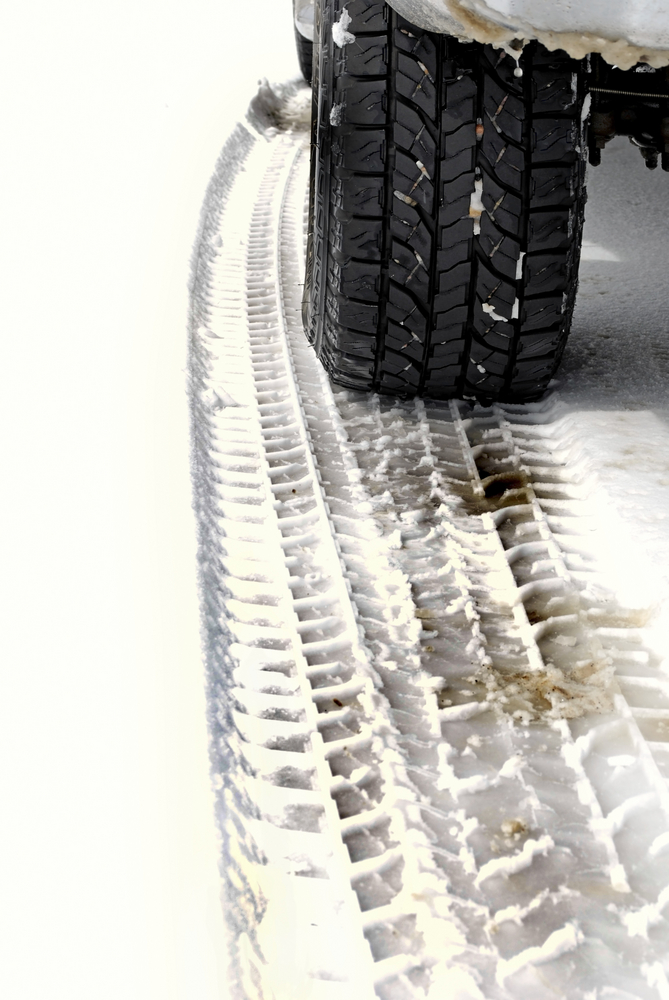 In addition, manufacturers are constantly releasing new tire models, making good advertising for them, buyers are purchasing new tires, replacing quite suitable old tires. Roads in European countries differ in their quality from our roads. The wheels wear evenly and much more slowly. Thus, Western car services, insurance companies, transport and leasing organizations supply to Russia, China, etc. a large number of used tires that are worn out by no more than 50-80%.
In addition, manufacturers are constantly releasing new tire models, making good advertising for them, buyers are purchasing new tires, replacing quite suitable old tires. Roads in European countries differ in their quality from our roads. The wheels wear evenly and much more slowly. Thus, Western car services, insurance companies, transport and leasing organizations supply to Russia, China, etc. a large number of used tires that are worn out by no more than 50-80%.
Our company sells used tires from various manufacturers. We carefully select used tires, check their degree of wear (no more than 50%) and inspect for mechanical damage, cracks, bumps, and so on. Here you can find used tires, both winter and summer, of the desired manufacturer and buy wheels of European quality at a very reasonable price.
(831) 262-1-262 retail
(831) 262-1-176 persons
[email protected]
Width:
- doesn't matter -135155165175185195205215225235245255265275285295303053131532325333537
Profile:
- not important -010. 511.512.53035404550556065707580859.590
511.512.53035404550556065707580859.590
Diameter:
- doesn't matter -R24R22R21R20R19R18R17R16CR16R15CR15R14CR14R13CR13R12-15C
Availability >=:
1234567812
Sorting:
Price ↑Price ↓
CORDIANT SNOW CROSS PW-2
225/60 R17
Show availability, apply for a loan, installment plan
Item No: 18676
Size: 225/60 R17
Type: Winter
Load index: 103
Speed index: T
Larina, 19A 7 pcs.
Road, 66 (Pavlovo) 4 pcs.
7200
CORDIANT SNOW CROSS PW-2
205/70 R15
Show availability, apply for a loan, installment plan
Item No: 18664
Size: 205/70 R15
Type: Winter
Load index: 100
Speed index: T
Trunk, 26 (Kstovo) 2 pcs.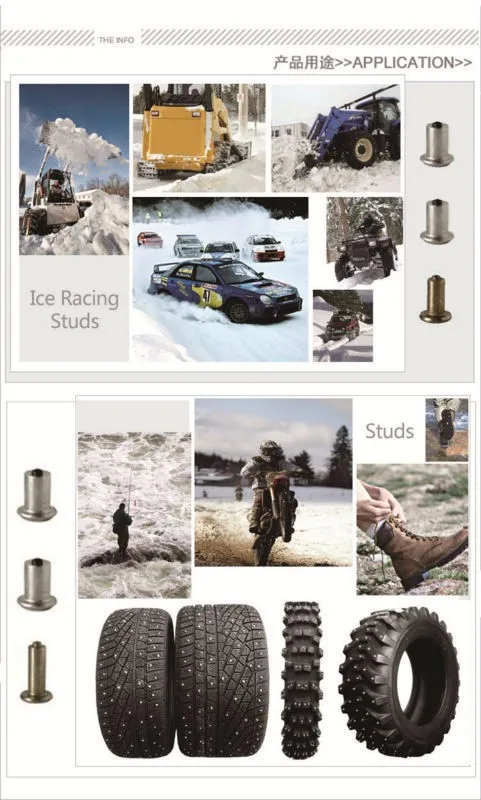
Route R158, 102 km (Arzamas) 4 pcs.
5270
HANKOOK ZOVAC HP W401
5.00/ R12
Show availability, apply for a loan, installment plan
Item No: 16908
Size: 5.00/ R12
Type: Winter
Load index: 83/81
Speed index: P
Kominterna, 47B 1 pc.
1900
KAMA 505
175/70 R13
Show availability, apply for a loan, installment plan
Item No: 4792
Size: 175/70 R13
Type: Winter
Load index: 82
Speed index: T
Electric locomotive, 7A 4 pcs.
2650
TUNGA NORDWAY 2 PW-5
175/70 R13
Show availability, apply for a loan, installment plan
Item No: 27437
Size: 175/70 R13
Type: Winter
Load index: 82
Speed index: Q
Larina, 19A >12 pcs.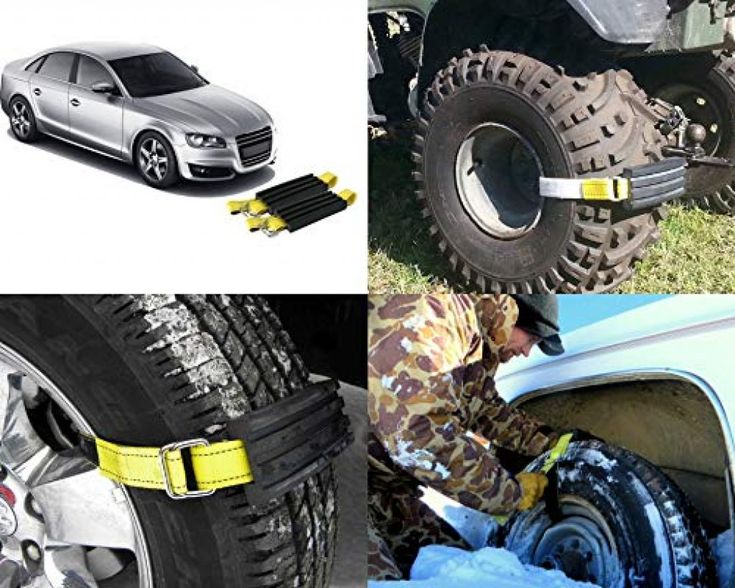
Kominterna, 47B 4 pcs.
Electric locomotive, 7A 1 pc.
Rayevsky, 2A 12 pcs.
Kima, 75A 8 pcs.
Road, 66 (Pavlovo) >12 pcs.
Trunk, 26 (Kstovo) >12 pcs.
2690
KAMA ALGA (NK-531)
175/70 R13
Show availability, apply for a loan, installment plan
Item No: 100022871
Size: 175/70 R13
Type: Winter
Load index: 82
Speed index: T
Kominterna, 47B 4 pcs.
Ivlieva, 22A 4 pcs.
Electric locomotive, 7A 4 pcs.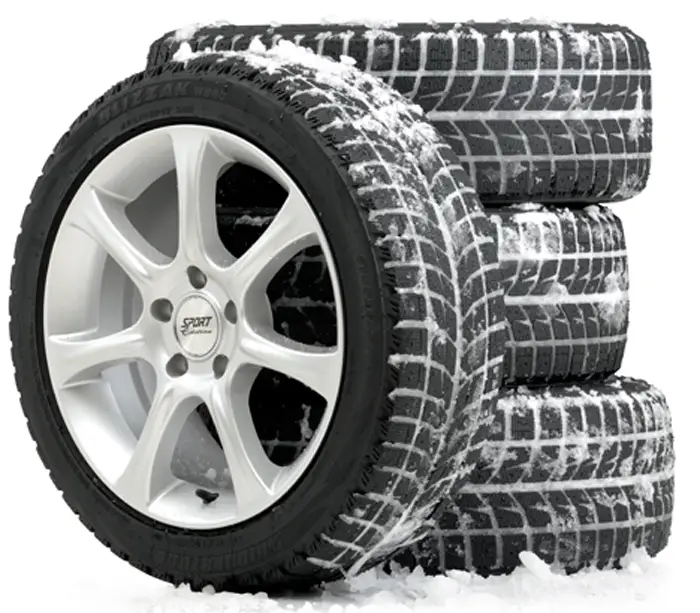
Trunk, 26 (Kstovo) 4 pcs.
Route R158, 102 km (Arzamas) 2 pcs.
2800
TUNGA NORDWAY 2 PW-5
175/65 R14
Show availability, apply for a loan, installment plan
Item No: 27436
Size: 175/65 R14
Type: Winter
Index g/n: 82
Speed index: Q
Kominterna, 47B 2 pcs.
Locomotive, 7A 6 pcs.
Kima, 75A 6 pcs.
Road, 66 (Pavlovo) 1 pc.
Trunk, 26 (Kstovo) 1 pc.
2820
KAMA ALGA (NK-531)
175/65 R14
Show availability, apply for a loan, installment plan
Item No: 100022974
Size: 175/65 R14
Type: Winter
Load index: 82
Speed index: T
Ivlieva, 22A 6 pcs.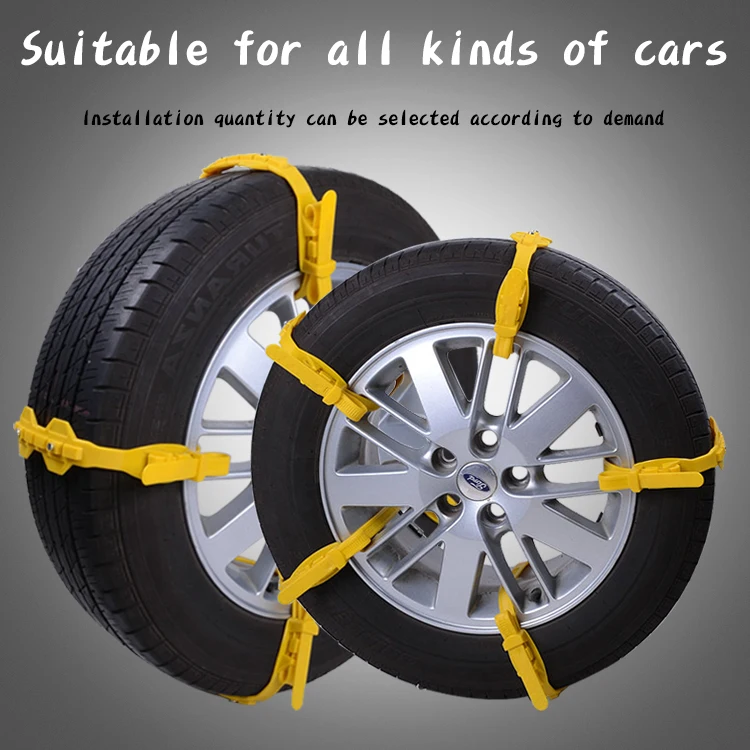
2950
CORDIANT SNOW CROSS PW-2
175/70 R13
Show availability, apply for a loan, installment plan
Item No: 100001597
Size: 175/70 R13
Type: Winter
Index g/n: 82
Speed index: T
Larina, 19A >12 pcs.
Ivlieva, 22A 10 pcs.
Rayevsky, 2A 7 pcs.
Kima, 75A 8 pcs.
Road, 66 (Pavlovo) 7 pcs.
Trunk, 26 (Kstovo) 9 pcs.
3030
TUNGA NORDWAY 2 PW-5
185/65 R14
Show availability, apply for a loan, installment plan
Item No: 27439
Size: 185/65 R14
Type: Winter
Load index: 86
Speed index: Q
Larina, 19A >12 pcs.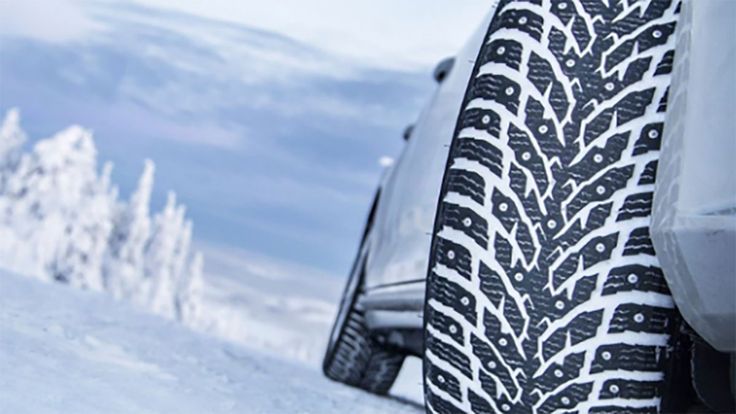
Kominterna, 47B 3 pcs.
Electric locomotive, 7A 2 pcs.
Rayevsky, 2A 8 pcs.
Road, 66 (Pavlovo) 5 pcs.
Trunk, 26 (Kstovo) 8 pcs.
Route R158, 102 km (Arzamas) 4 pcs.
3060
TUNGA NORDWAY 2 PW-5
185/60 R14
Show availability, apply for a loan, installment plan
Item No.: 27438
Size: 185/60 R14
Type: Winter
Load index: 82
Speed index: Q
Larina, 19A >12 pcs.
Comintern, 47B 4 pcs.
Ivlieva, 22A 9 pcs.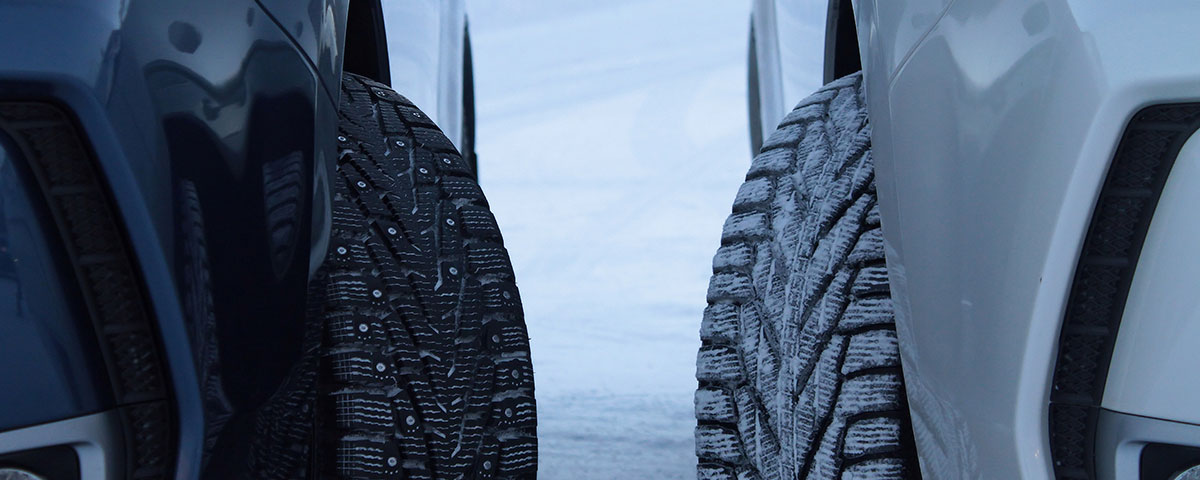
Electric locomotive, 7A 8 pcs.
Rayevsky, 2A 6 pcs.
Kima, 75A 2 pcs.
Road, 66 (Pavlovo) 2 pcs.
Trunk, 26 (Kstovo) 6 pcs.
3100
KAMA 505
185/60 R14
Show availability, apply for a loan, installment plan
Nomencl.: 8990
Size: 185/60 R14
Type: Winter
Load index: 82
Speed index: T
Larina, 19A >12 pcs.
3110
CORDIANT SNOW CROSS 2
175/70 R13
Show availability, apply for a loan, installment plan
Item No: 27427
Size: 175/70 R13
Type: Winter
Index g/n: 82
Speed index: T
Larina, 19A >12 pcs.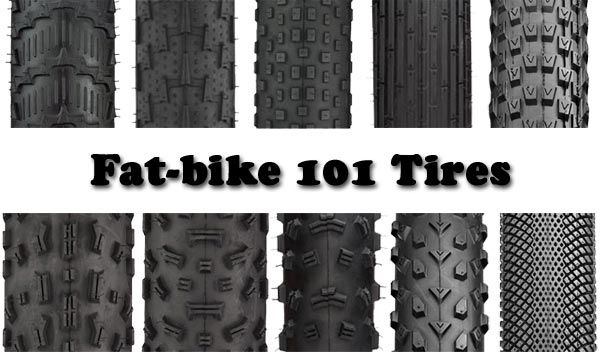
Kominterna, 47B 4 pcs.
Electric locomotive, 7A 3 pcs.
Rayevsky, 2A 6 pcs.
Kima, 75A 8 pcs.
Trunk, 26 (Kstovo) 4 pcs.
Route R158, 102 km (Arzamas) 4 pcs.
3130
KAMA 505
195/65 R15
Show availability, apply for a loan, installment plan
Item No: 8890
Size: 195/65 R15
Type: Winter
Load index: 91
Speed index: Q
Ivlieva, 22A 2 pcs.
3160
KAMA EURO-519
175/70 R13
Show availability, apply for a loan, installment plan
Item No: 100014278
Size: 175/70 R13
Type: Winter
Load index: 82
Speed index: T
Trunk, 26 (Kstovo) 2 pcs.
3160
CORDIANT SNOW CROSS
175/65 R14
Show availability, apply for a loan, installment plan
Item No: 28644
Size: 175/65 R14
Type: Winter
Index g/n: 82
Speed index: T
Larina, 19A >12 pcs.
Kominterna, 47B 6 pcs.
Ivlieva, 22A 4 pcs.
Electric locomotive, 7A 7 pcs.
Rayevsky, 2A 3 pcs.
Kima, 75A 2 pcs.
Road, 66 (Pavlovo) 8 pcs.
Trunk, 26 (Kstovo) >12 pcs.
3180
TUNGA NORDWAY
185/70 R14
Show availability, apply for a loan, installment plan
Item No: 100005553
Size: 185/70 R14
Type: Winter
Load index: 88
Speed index: Q
Larina, 19A >12 pcs.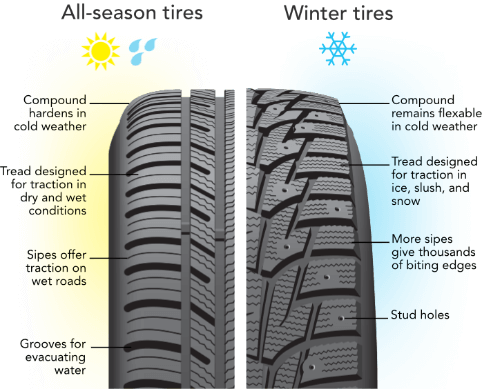
Kominterna, 47B 8 pcs.
Rayevsky, 2A 8 pcs.
Trunk, 26 (Kstovo) 8 pcs.
3200
KAMA NK-531
185/65 R14
Show availability, apply for a loan, installment plan
Item No: 100024292
Size: 185/65 R14
Type: Winter
Load index: 86
Speed index: T
Kima, 75A 4 pcs.
3200
KAMA 503
135/80 R12
Show availability, apply for a loan, installment plan
Item No: 1747
Size: 135/80 R12
Type: Winter
Load index: 68
Speed index: Q
Larina, 19A 6 pcs.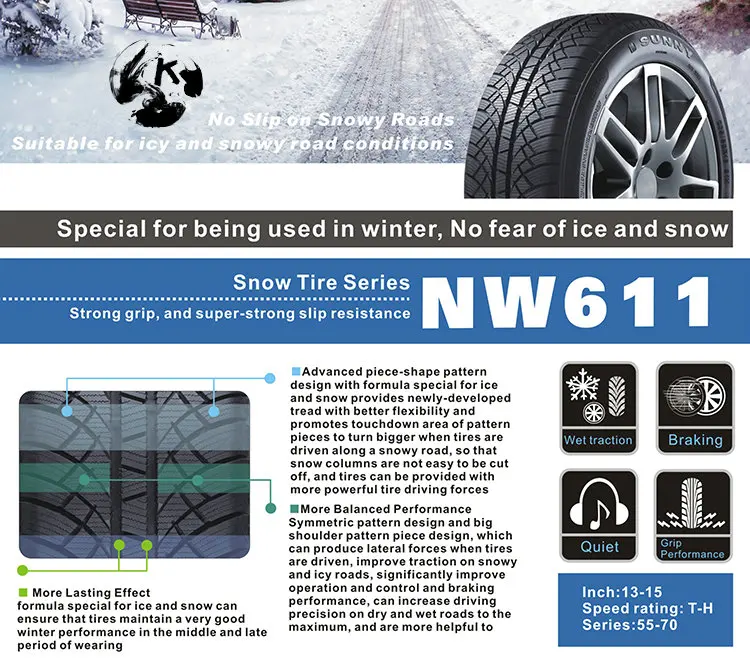
Ivlieva, 22A 4 pcs.
Raevsky, 2A 4 pcs.
Road, 66 (Pavlovo) 1 pc.
3255
KAMA NK-531
185/70 R14
Show availability, apply for a loan, installment plan
Item No: 100023853
Size: 185/70 R14
Type: Winter
Load index: 88
Speed index: T
Larina, 19A >12 pcs.
Kominterna, 47B 4 pcs.
Ivlieva, 22A 4 pcs.
Electric locomotive, 7A 4 pcs.
Kima, 75A 4 pcs.
Trunk, 26 (Kstovo) 8 pcs.
3280
CORDIANT SNOW CROSS 2
175/65 R14
Show availability, apply for a loan, installment plan
Item No: 27426
Size: 175/65 R14
Type: Winter
Load index: 86
Speed index: T
Larina, 19A 1 pc.
Kominterna, 47B 4 pcs.
Rayevsky, 2A 2 pcs.
Kima, 75A 4 pcs.
Road, 66 (Pavlovo) 2 pcs.
Trunk, 26 (Kstovo) 4 pcs.
3280
TUNGA NORDWAY
185/65 R15
Show availability, apply for a loan, installment plan
Item No.: 100005554
Size: 185/65 R15
Type: Winter
Load index: 88
Speed index: Q
Larina, 19A >12 pcs.
Kominterna, 47B 12 pcs.
Ivlieva, 22A 4 pcs.
Electric locomotive, 7A 11 pcs.
Rayevsky, 2A 6 pcs.
Trunk, 26 (Kstovo) 9 pcs.
Route R158, 102 km (Arzamas) 4 pcs.
3300
TUNGA NORDWAY 2 PW-5
195/65 R15
Show availability, apply for a loan, installment plan
Item No.: 27440
Size: 195/65 R15
Type: Winter
Load index: 91
Speed index: Q
Larina, 19A >12 pcs.
Kominterna, 47B 4 pcs.
Rayevsky, 2A 6 pcs.
Road, 66 (Pavlovo) 4 pcs.
Trunk, 26 (Kstovo) 6 pcs.
3360
CORDIANT WINTER_DRIVE_2
175/70 R13
Show availability, apply for a loan, installment plan
Item No: 100015870
Size: 175/70 R13
Type: Winter
Load index: 82
Speed index: T
Trunk, 26 (Kstovo) 4 pcs.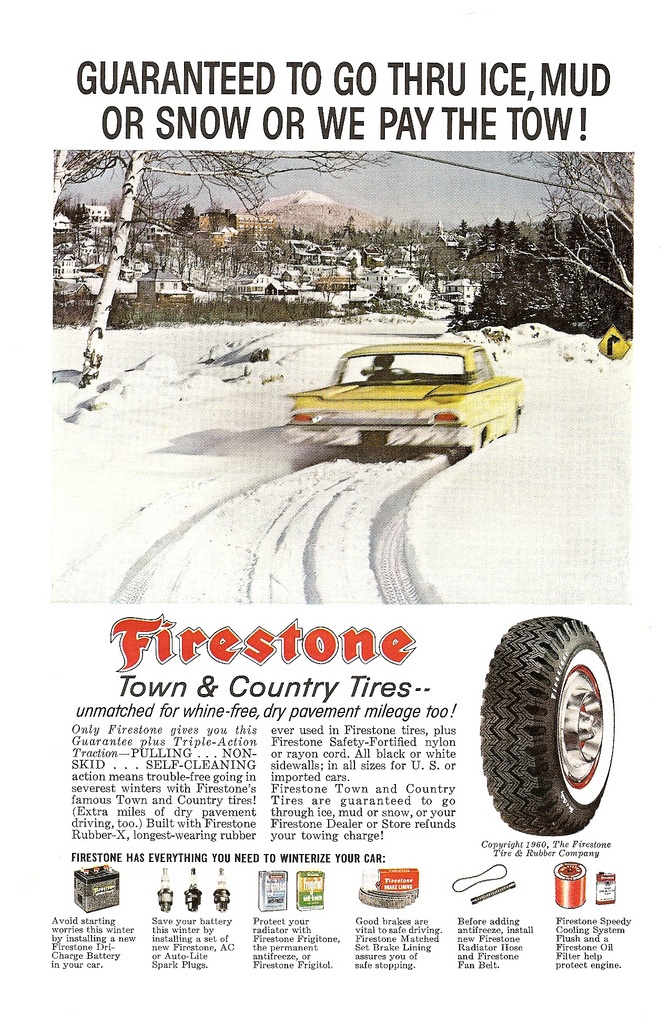
3390
CORDIANT SNOW CROSS PW-2
185/65 R14
Show availability, apply for a loan, installment plan
Item No.: 100001598
Size: 185/65 R14
Type: Winter
Load index: 86
Speed index: T
Larina, 19A 1 pc.
Electric locomotive, 7A 4 pcs.
Rayevsky, 2A 8 pcs.
Kima, 75A 4 pcs.
Trunk, 26 (Kstovo) 4 pcs.
Route R158, 102 km (Arzamas) 4 pcs.
3450
LANVIGATOR ICE-SPIDER
175/65 R14
Show availability, apply for a loan, installment plan
Item No: 100022641
Size: 175/65 R14
Type: Winter
Load index: 86
Speed index: T XL
Larina, 19A >12 pcs.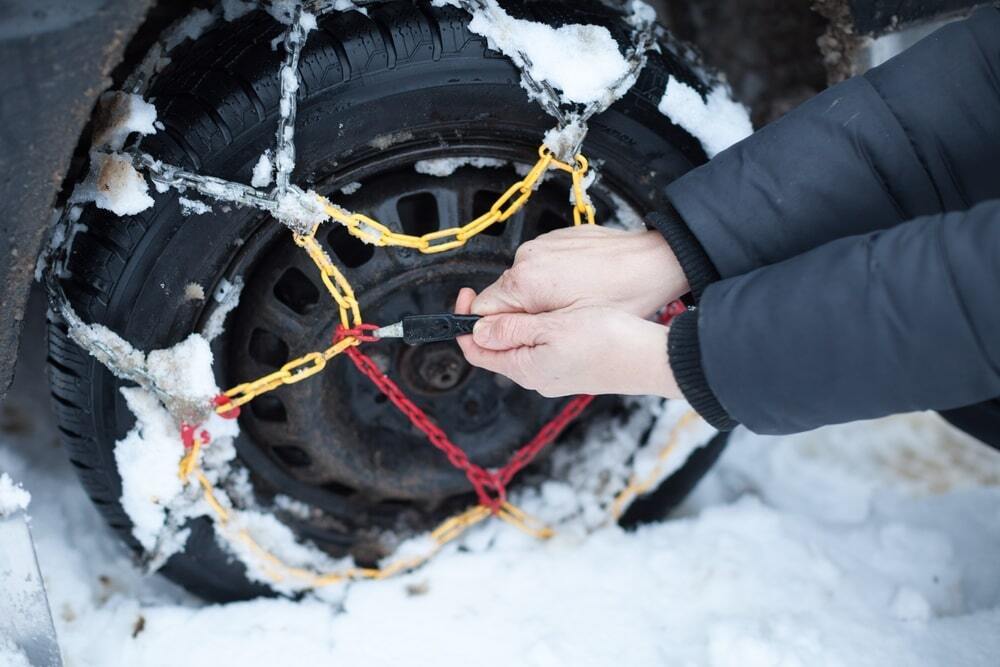
Kominterna, 47B 4 pcs.
Ivlieva, 22A 12 pcs.
Electric locomotive, 7A 8 pcs.
Kima, 75A 4 pcs.
Road, 66 (Pavlovo) 8 pcs.
Trunk, 26 (Kstovo) >12 pcs.
3450
KAMA EURO-519
175/70 R14
Show availability, apply for a loan, installment plan
Item No: 100021657
Size: 175/70 R14
Type: Winter
Load index: 84
Speed index: T
Larina, 19A 10 pcs.
Kominterna, 47B 4 pcs.
3600
CORDIANT SNOW CROSS
185/70 R14
Show availability, apply for a loan, installment plan
Item No: 28645
Size: 185/70 R14
Type: Winter
Load index: 92
Speed index: T
Larina, 19A 3 pcs.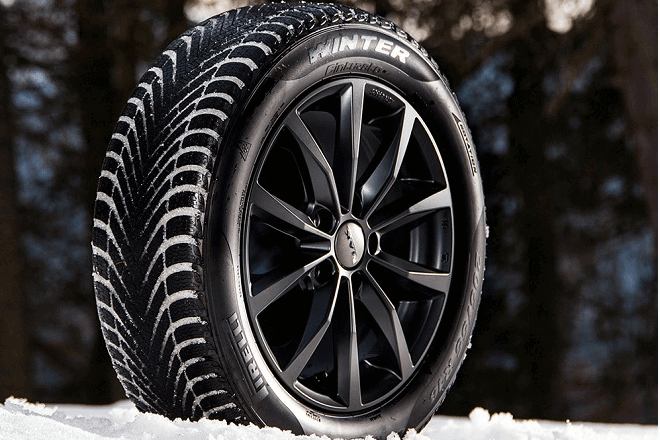
Ivlieva, 22A 4 pcs.
Electric locomotive, 7A 4 pcs.
Raevsky, 2A 4 pcs.
3610
04/01/2022 - 12/31/2023
01.11.2022 - 11/30/2022
01.09.2022 - 31.01.2023
Shinomontazh
01.12.12.2022
01.03.2022 - 12.12.12.2023
Colds in the cold season in cold weather. . To buy winter tires with delivery in Nizhny Novgorod, please contact the official supplier - Linaris LLC.
Wheel products of different brands and all price categories are on sale. You can choose a set of winter tires that is optimal for a particular car, driving conditions and suitable for the price.
All tires are certified, there is documentary evidence of driving and technical and functional qualities, as well as resource potential. Each set of winter tires comes with an official warranty.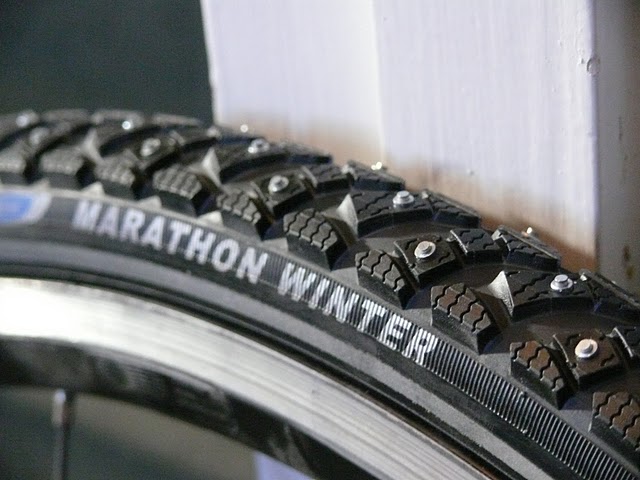 The range is constantly updated, there are tires for all types of vehicles.
The range is constantly updated, there are tires for all types of vehicles.
